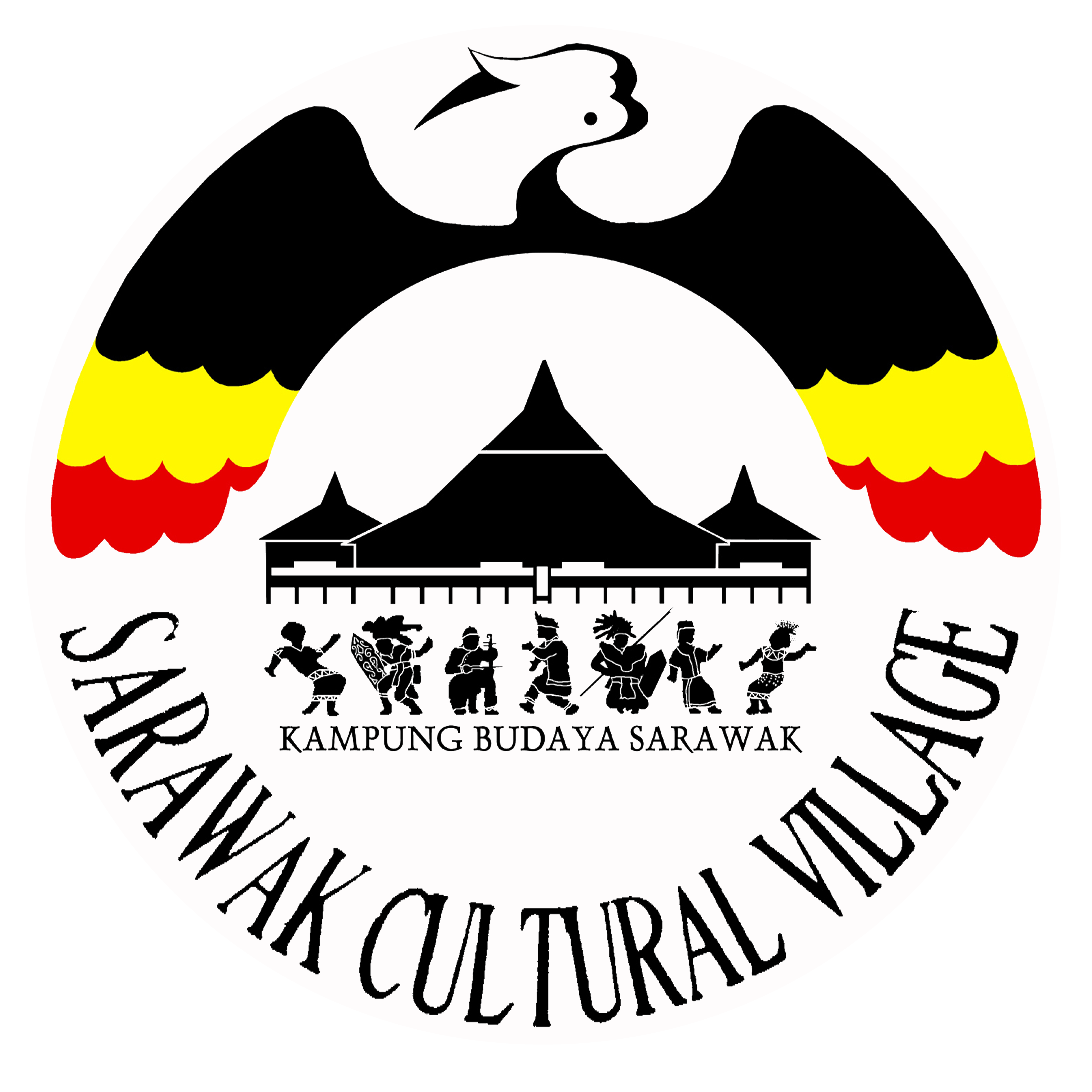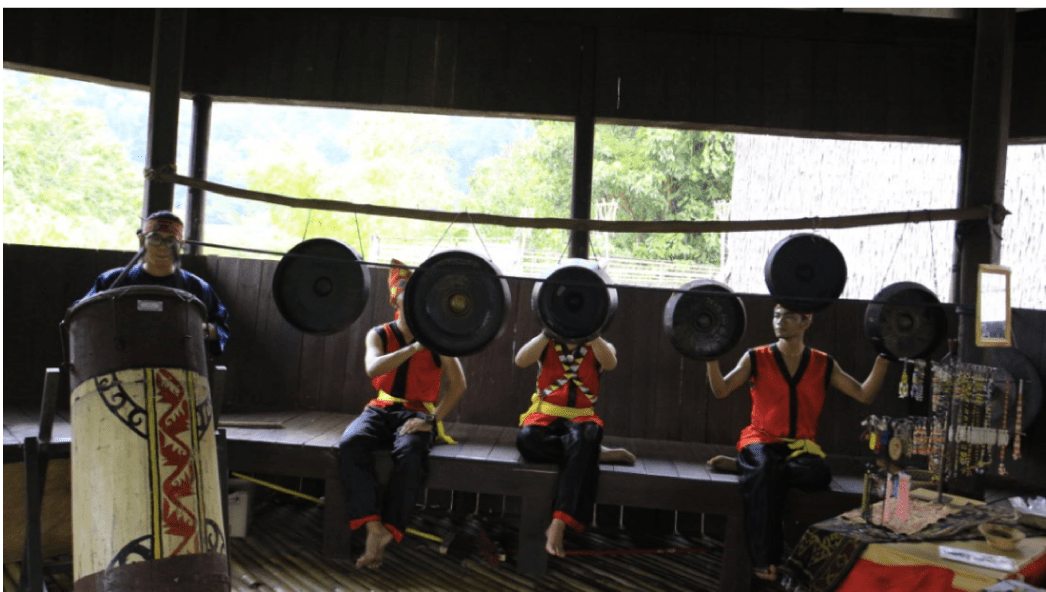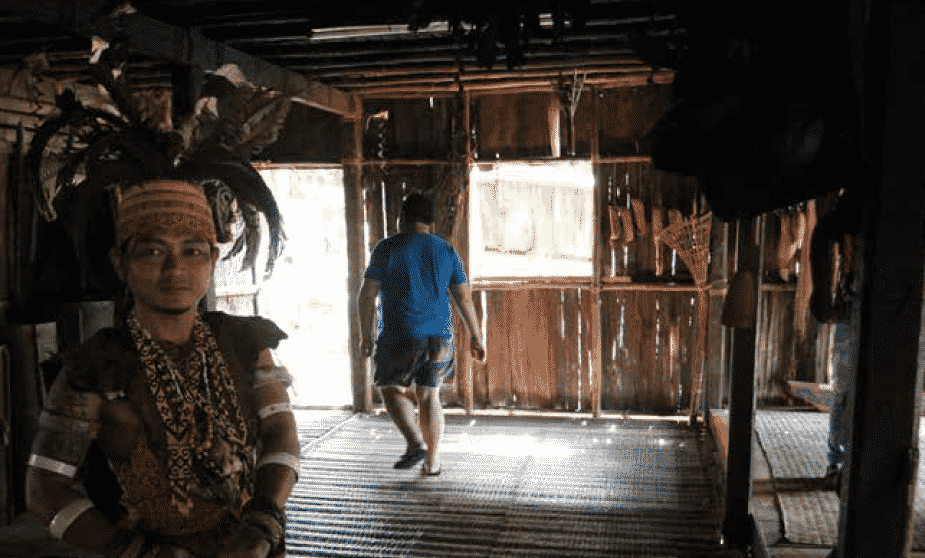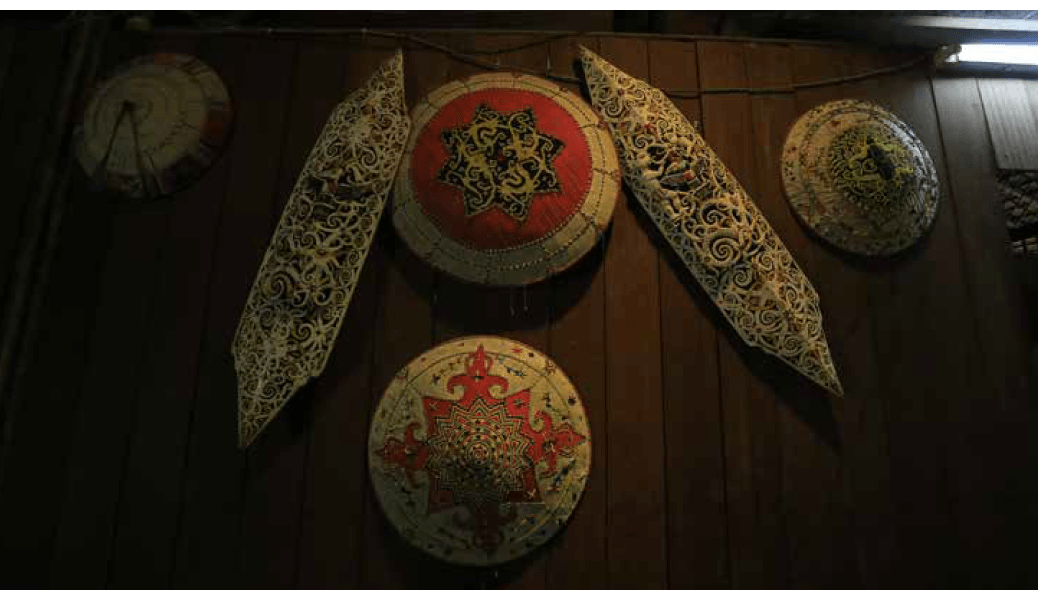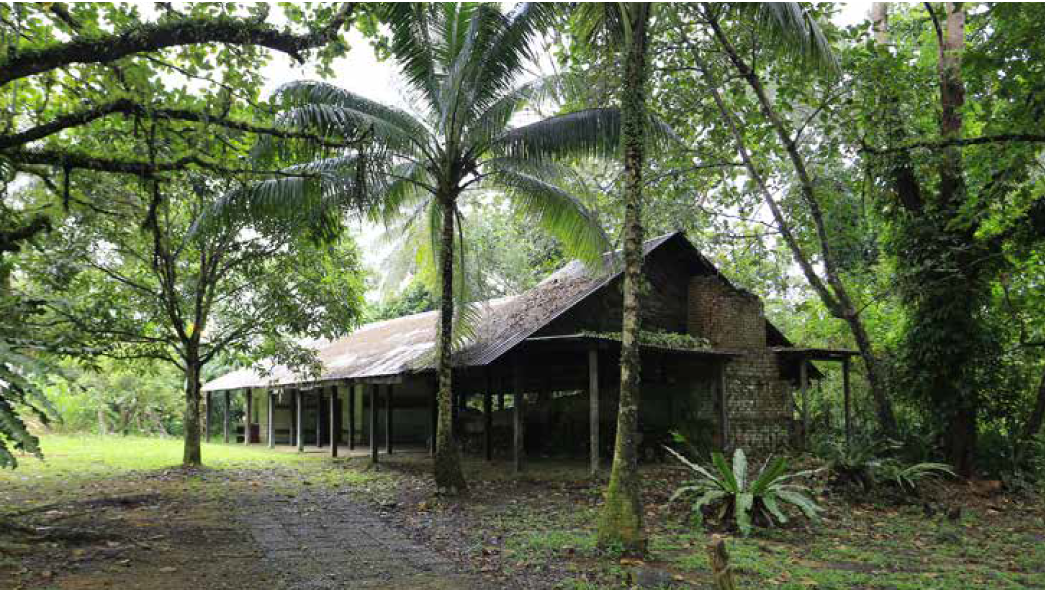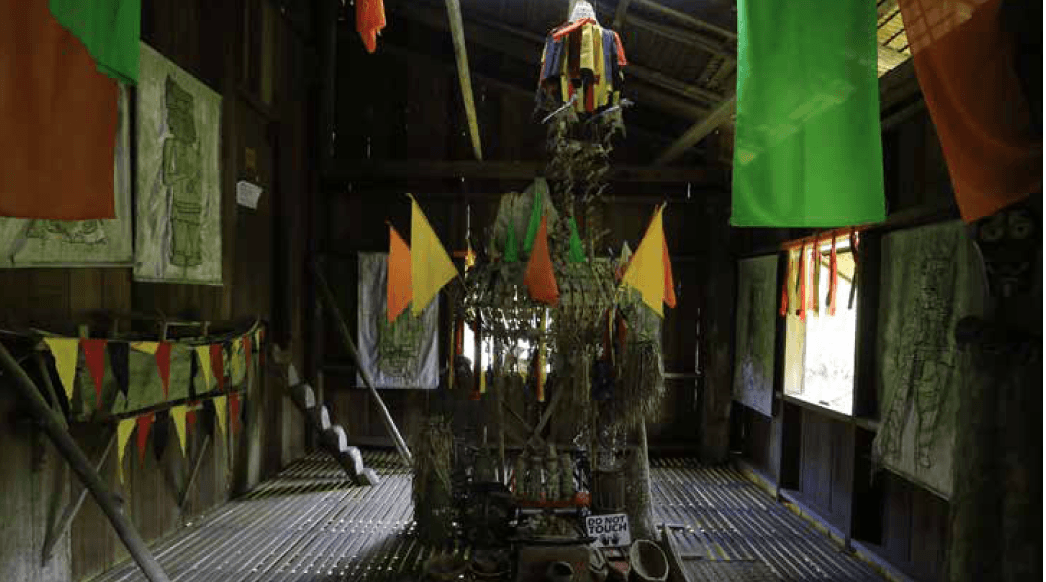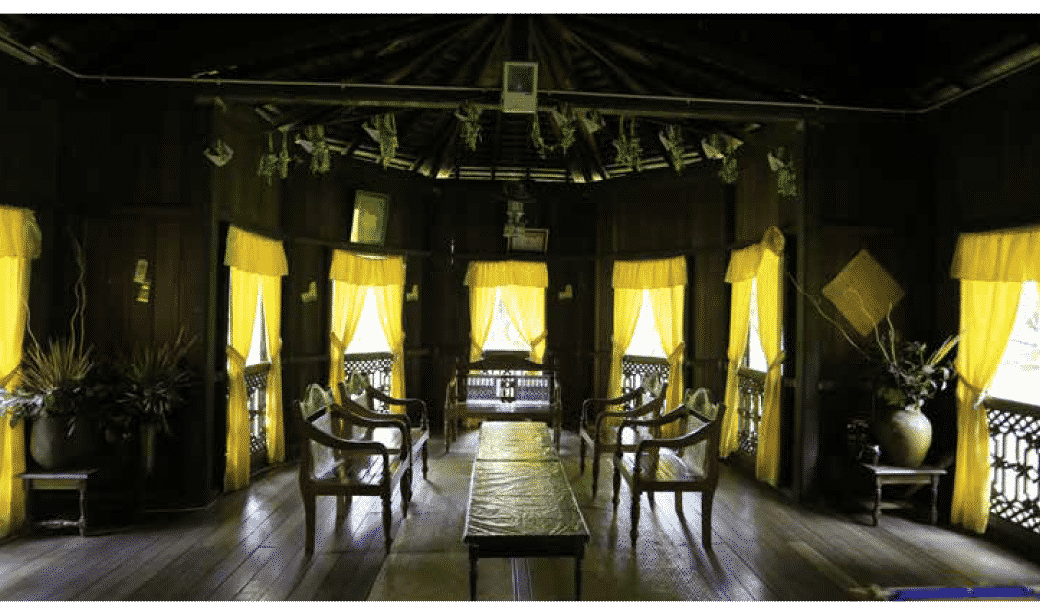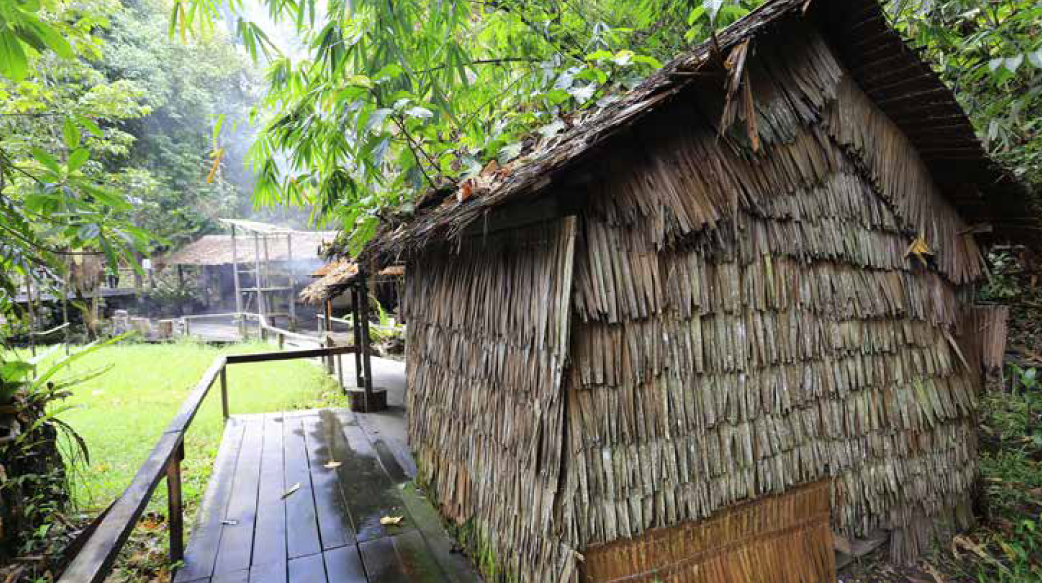BIDAYUH LONGHOUSE
One would be welcomed to a round head-house with bamboo galore and carvings known as the Barok. The Barok functions as the congregation place for the Bidayuh warriors and is filled with gongs, war drums, weapons and wooden masks. The Barok is connected to the longhouses resided by the Bidayuhs- a group comprising of Jagoi, Biatah, Bukar-Sadong, Selakau and Lara. Get ready to experience the rhythm of Bidayuh’s rural activity such as sugar cane crushing, paddy pounding and winnowing rice.
